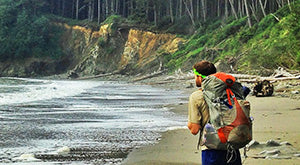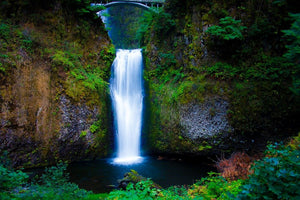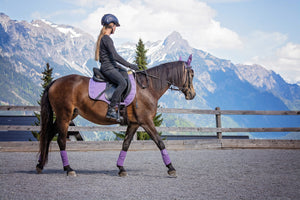South West USA

Day hiking in South-Western USA offers some of the most contrasting terrains you can experience in a geographical region of its size. If you visit desert areas you can experience sweeping sand dunes, incredible hoodoos and canyons that will blow your mind. Compare that to the wooded forests, mountain tundra and alpine lakes you will see visiting the southern end of the Rocky Mountains.
Regardless of where you go, having the right gear is essential to staying safe and being able to enjoy your time in nature. We have created packing list tables for each type of terrain and time of year to help guide your preparation for day hiking in this region.

You will want a good 15-25L backpack for any hike longer than 1-hour. Some good options include Osprey and Deuter. If going on longer hikes, we also recommend bringing some electrolyte supplements like these Saltstick Chewables. Hiking boots are important in the mountains year-round – make sure you get a comfortable pair and wear them in before embarking on any of the longer hikes. We like the boots from Merrell and Asolo, but the most important thing is that you have a comfortable pair that don’t rub! A good pair of hiking socks will also benefit you greatly in the mountains… we are fans of these socks from Smartwool. You will also want a lightweight waterproof jacket for the mountains like these from Black Diamond. A rain jacket is also highly recommended over the monsoon season in desert regions from June to September as downpours can occur unexpectedly. In the cooler months across both terrains, it is worth getting a good sweat wicking base layer like these from _Smartwool or IceBreaker.

Sunglasses are also important for both terrains as you can have high UV levels year-round. A sun hat is more important in the desert, however on high UV days you will also want to wear one on mountain hikes. We like these hats from _Tilley. Read the tables below for more comprehensive packing tips. As always, being prepared for your hiking conditions is priority number 1. Priority number 2 is packing as light as you can without leaving yourself short on water, food and adequate clothing.








